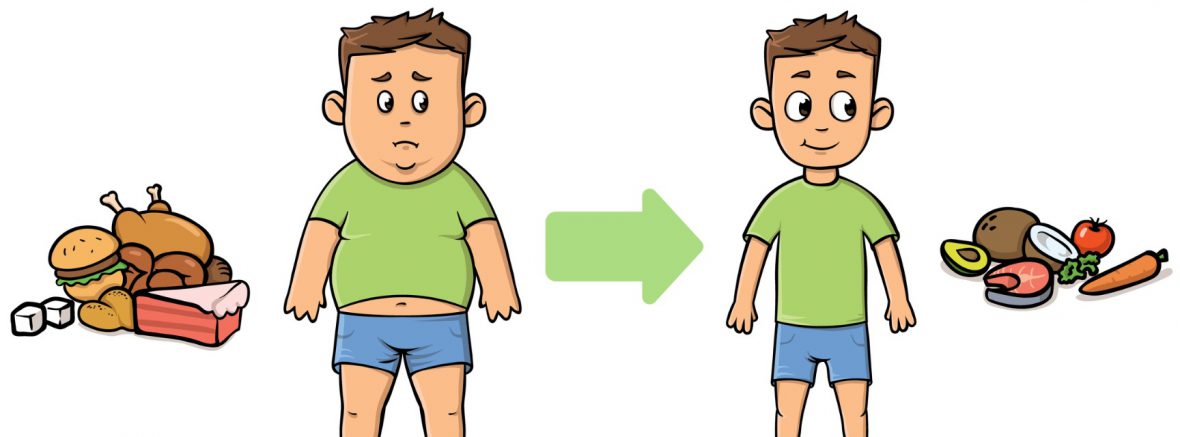“Uuuugggh. I don’t like vegetables! Why do I hafta?”
Usually accompanied by a whine and a pout, this litany is familiar to any parents of young children. Its enough to make your stomach clench with despair and your shoulders tense with desperate determination. But short of swatting junior on the bottom or taking away ice cream privileges, many parents find themselves helpless against the stubbornly closed mouth of their young offspring.
I don’t have any magic tips, no ten-step formula, no fool-proof methods. In full disclosure, I don’t even have kids, although as a pediatric nurse I work with children every day. Also, most of my friends have large families, and they share their struggles and their wins with me. What I present here is a little bit of common sense, a little bit of personal experience (I was a veggie-hating kid), and a lot of observation.
Model the behavior you want to see
When I was eleven years old, my cousin Justin came to our farm for the summer. His parents liked salad, ate salad often, and visibly enjoyed salad. Justin liked salad and ate a big bowlful at our first lunch together. Unfortunately, my parents didn’t like salad, rarely ate it, and only had small portions when they did. My siblings and I did the same. In fact, when my salad-loving cousin arrived, we considered him an odd species indeed, and watched in amazement as he chowed down on the “rabbit food”. The saddest part of this story was what happened next. Justin stopped eating salad. And even when he ate salad, he no longer really enjoyed it.
Peer pressure, whether from friends or from family, is a very real influence even on young children. As your children get older, their peers will have more and more power over their eating habits. Take advantage of the time you have now, while they are younger, to influence their tastes and what they think of as normal. In fact, if you have a toddler, that is the best time to start. However, even up to age 10 (or more) you can still have a major influence on your children’s choices and taste buds.
A major part of your influence comes from your expectations.
Expect your children to like vegetables (but give them choices)
My mom hated peas. She expected that I would hate peas. I did. So, she forced me to eat peas, and I hated them even more.
Now, more than twenty years later, I am finally figuring out that peas aren’t as awful as I always thought they were, and I’m teaching myself to eat them, by choice this time. That just might be a life lesson for all parents.
This lesson was reinforced for me as I watched my friends with their children. This couple have 3 daughters in the 5-to-9-year-old bracket. Their mom regularly eats a large salad with her meals and simply expects that her children will follow suit, or at the very least that they will take some and eat it. Recently I joined them for supper, and they served a salad with the meal. The 7-year-old daughter didn’t want any salad. Mom didn’t fuss at her; she simply gave her a choice. Did she want salad or green beans (also part of the meal)? The daughter chose salad and ate it without a problem.
Expect your children to make healthy choices—but give them choices, plural.
The paradox of choice
The paradox of choice is that we are psychologically wired to resist what is forced upon us and to like whatever we have chosen of our own free will. Even young children thrive on choices, such as getting to choose which vegetable will get cooked for supper, or which of several healthy entrees they will eat. Providing choices may be more work in the moment, but in the long run it prevents a lot of time wasted on battles of the will.
Serve lots of veggies
The goal here is to normalize eating vegetables, which is particularly important for the younger crowd. Five to nine-year-olds are still malleable; when you serve a veggie with every meal and for snacks, they will learn to accept that as normal and good. Carrot sticks or baby carrots for a snack, whole wheat pretzels instead of candy, yogurt tossed in the freezer for desert—eating healthier can be fun, tasty, and relatively easy. Of course, you will have days when you hope that french fries and ketchup both count as vegetables, days when the granola bar you fed them for breakfast was the healthiest thing they had all day, days when you go for the carrot sticks and realize they are rotting in the fridge. It’s okay—perfect is NOT a requirement. The most important thing is the direction you are heading. If your family is eating more vegetables than they did last year, you are winning.
Some quick ideas:
- Keep a bin of prepared raw veggies in the refrigerator as anytime-snacks, no permission required. This is even more fun with individual serving size containers of hummus or ranch dip to go with the veggies. You may need to designate a spot for snacking to keep the mess contained.
- Allow your children to make their own fruit and veggie smoothies. Somehow when you’ve chosen the ingredients, the weird color that results from blueberries and spinach isn’t off-putting anymore!
- Combine some peaches, blueberries, and mango slices in a plastic cup, pour 100% orange juice over the top and freeze with a popsicle stick for a handle. These make delicious dessert or snack options.
- Don’t buy highly processed, pre-packaged foods. When these foods are not in the house, your children are far less likely to beg for them. Of course, you may need to figure out a way to go grocery shopping without the kids, at least until they get used to the healthier nutrition plan. Many supermarket chains now offer grocery pickup and some even deliver, which can majorly help with sticking to a list and avoiding impulse purchases.
- Swap in healthier versions of old favorites. For example, whole wheat bread and 100% fruit spread with no-sugar-added peanut butter makes PB&J a healthier choice. Whole grain pasta and real cheese make delicious mac-n-cheese (add in some broccoli for bonus points). Whole grain pretzels and crackers are better options than chips. Eating apples with nut butter instead of with caramel dip is a good choice.
Look for other ways to be healthier and remember that perfection is not the goal—progress is!



